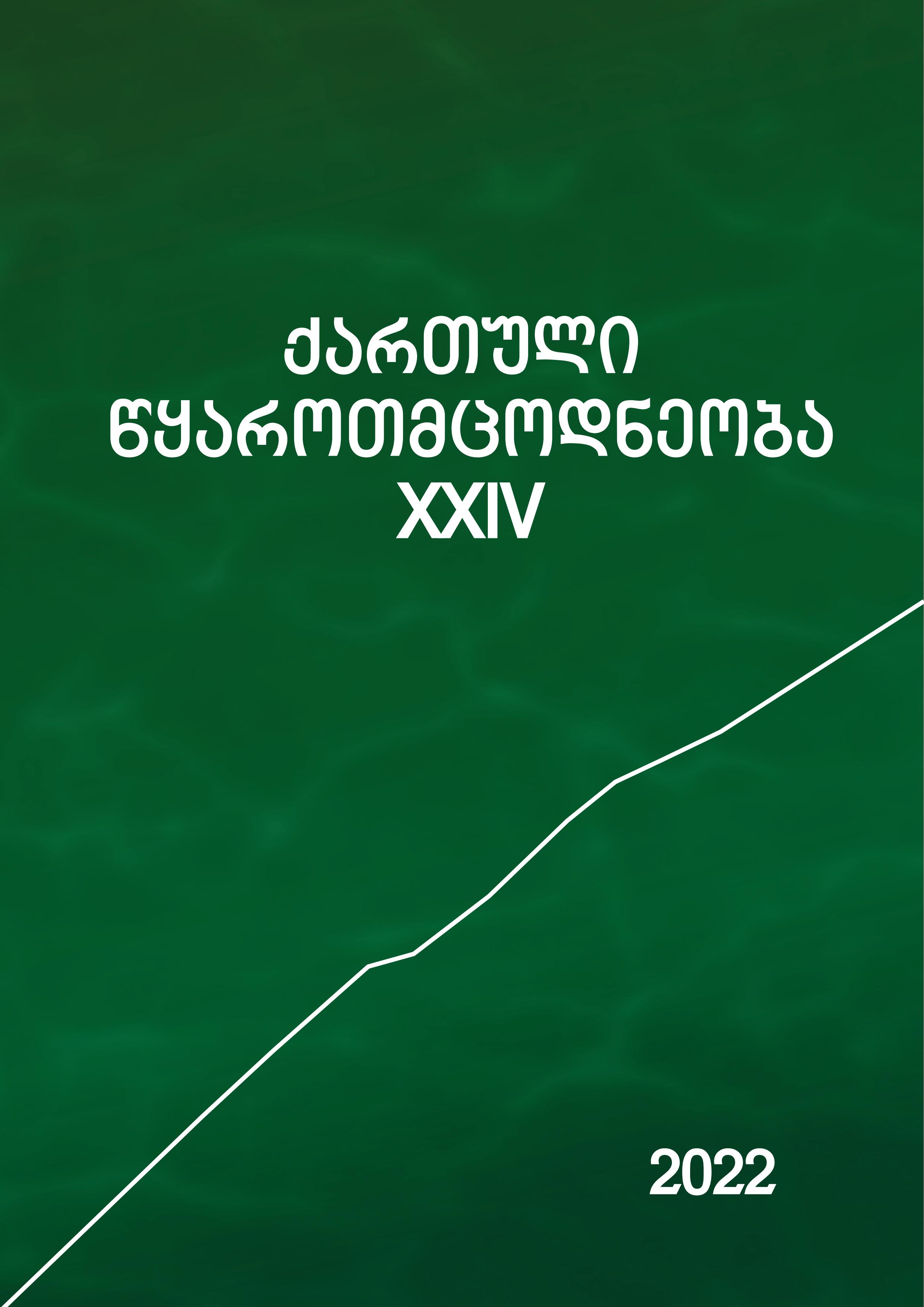A Georgian Monk – Steward of a Crusader King
Abstract
The archives of the Hospitaller Order preserve a twelfth century document which illuminates a chapter
in the relationship between the Eastern Christians and the Hospital. The document has long been known to
scholars and has been thoroughly studied, but still raises as many questions as it answers. The present study discusses evidence from Georgian manuscripts produced in the Holy Land, which shed new light on the identities of the persons and locations mentioned. The evidence from these Georgian manuscripts shows that
from the mid-eleventh to the mid-twelth century, three generations of one Georgian feudal family worked and lived in the Holy Land. It shows that the Shehan monastic complex in Transjordan included the St. Moses Monastery, the settlement named Ara (Hara), and other estates on both banks of the Arnon River. Also, contrary to a previous assumption, it is suggested that there was no parish church in Jeham, but rather a Georgian
monastery named ater Moses. According to the evidence discussed here, King Baldwin II appointed Saba the Georgian as his steward of the Eastern Christian settlement, indicating that royal possessions in Transjordan
were established early on in the history of the Latin Kingdom, and that the lands of Arnon belonged to the crown and were not included in the lordship of Transjordan. Furthermore, it can be established that the transfer of the Georgian monastery to the Hospital must be dated to the 1140s or the 1150s and that the Georgian monks handed over to the Hospital not only the village, but also the monastery of Shehan.
The newly established circumstances allow a broad perspective, presenting the process by which the Kings
of Jerusalem established relations with the local Christians and illuminates the impressive integration of the Eastern Christians not only with the royal power but also with the military orders. The voluntary transfer of
the Orthodox monastery to the Catholic Order indicates a closer relationship between the representatives of
these two confessions (at least, between the Franks and the Georgians) than has been assumed before. Considering the close contacts between the Georgian monastery of the Cross, the Franks and the Military Orders,
we see that this relationship was both deep and bilateral.
Downloads
Published
Issue
Section
Categories
License

This work is licensed under a Creative Commons Attribution-NonCommercial 4.0 International License.

